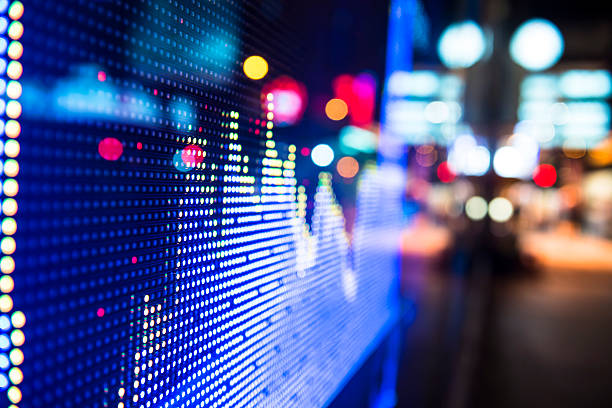If SMD Screens consume little energy, this does not necessarily rhyme with a low energy consumption screen. It takes thousands of LEDs to make a giant screen, which necessarily multiplies the need for energy. To this, we also add the consumption of the other components of the screen.
It would therefore be a lie to say that a screen consumes little energy. As a result, this annual consumption must always be taken into account when investing in digital signage. However, it remains an advantageous solution compared to traditional solutions. Particularly in terms of production costs and environmental impact. From an ecological point of view, the screen is certainly not neutral but has a better carbon footprint than other urban display solutions.
At Winlght we have been experts in giant SMD Screens for over 20 years. If you have any questions, do not hesitate to contact us, our advisers will be happy to answer you.
HOW TO CHOOSE YOUR SCREEN IN THE WINDOW
There are many reasons to use a display in the window. Indeed, this one makes it possible to improve its visibility and to communicate more effectively. All without the constraints of an outdoor screen, particularly in terms of resistance, authorizations, and taxes.
Since the 19th century, the window has played a key role for businesses. This is the first contact with the customer. It allows a shop to succinctly present its offer of products and/or services. It, therefore, plays a major role in the visibility and promotion of a store’s offer.
This is why, over the years, the windows have evolved and even become theatrical to boost this presentation. Today, they are also going digital. We can therefore see more and more screens installed behind the windows.
Indeed, the screen makes it possible to dynamically display several pieces of information in one location and to update it quickly.
It is thus possible to change the message in real-time. Yes, digital screens have many advantages in shop windows, but it is still necessary to use the appropriate tool.
THE BRIGHTNESS OF THE SCREEN, IS A DECISIVE ELEMENT IN THE WINDOW
In the shop window, although the screen is installed indoors, it is subject to strong light constraints from the outside. But its objective is precisely to communicate to the outside. It must therefore be visible not all the time. It must then generate a luminosity greater than that of the ambient, i.e. daylight. Especially if the showcase is exposed to direct sunlight.
The brightness of the chosen screen is therefore decisive for its effectiveness as a communication tool. It is estimated that in the window the brightness of a screen should be around 3000 cd / m² depending on its exposure. A specialized monitor for shop windows reaches a maximum of 3,500 cd/m2, but this is not the case for products for the general public, which are around 800 or even 1,000 cd/m².
Regarding LED screens, they are recognized for their high brightness which, depending on the technology, can go up to 8,000 cd/m². this allows you to be visible in all weathers.
Thus, the exposure of the window will condition the choice of the screen. Indeed a very exposed location will require either a high-quality professional monitor or an LED screen.
read more: NFTs Created On The Secure Backs Of Blockchain Technology





